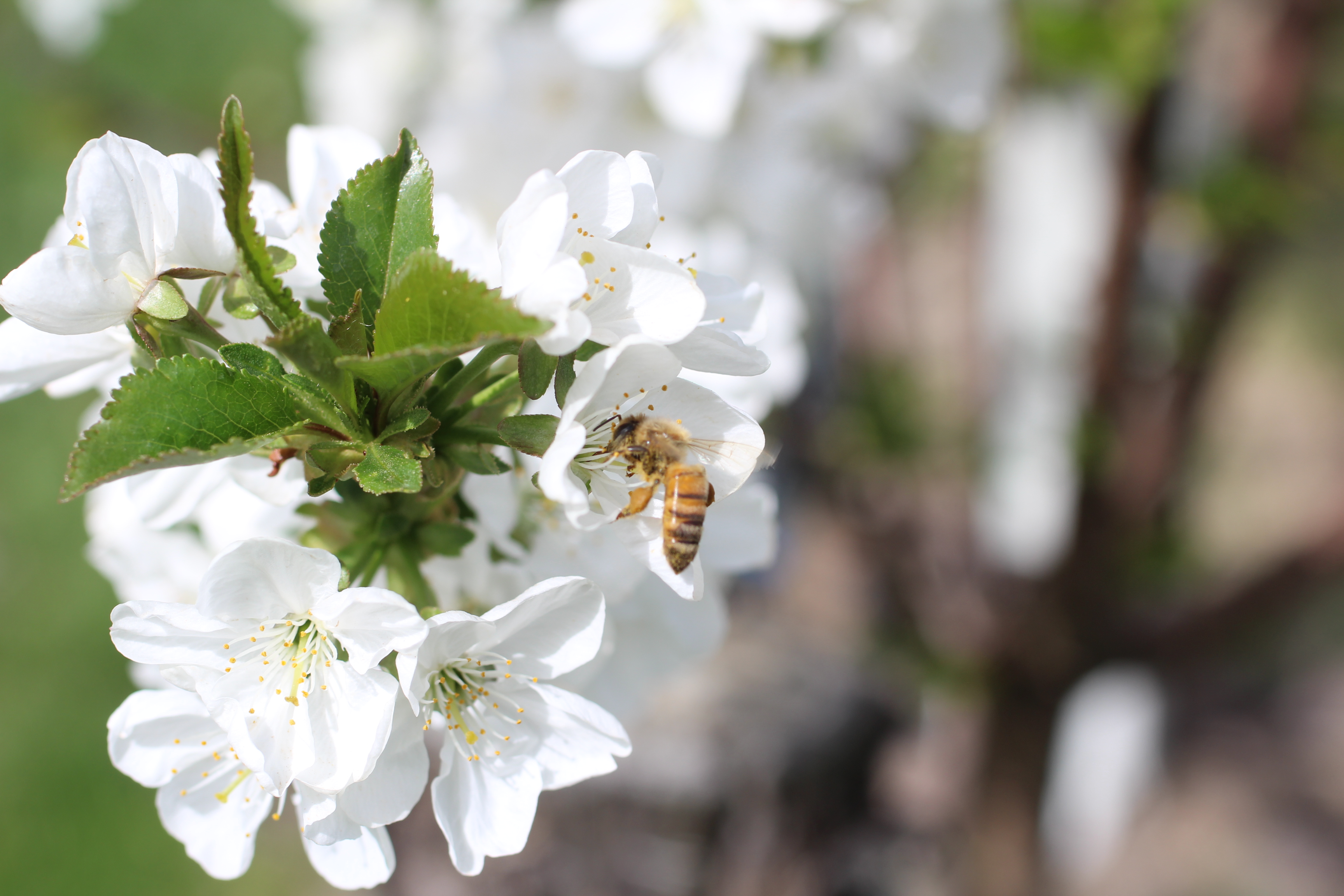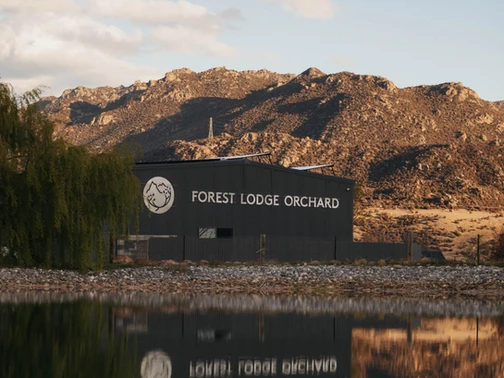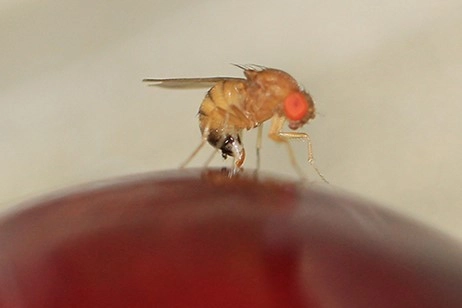Approximately 90% of the fruit production in British Columbia, Canada, consists of apples and cherries. In order to optimise the labour costs associated with handling and harvesting, these two crops are often grown on the same farm, as the flowering and ripening periods of the fruit are different and allow for optimal work organisation throughout the year.
Apples and cherries are susceptible to a number of existing and emerging viral pathogens and each tree can accumulate more viruses over time, with a negative impact on production. Both species belong to the Rosaceae family and may have insect vectors in common that could facilitate the transmission of pathogens between species.
Among these, many plant viruses can be associated with pollen or transmitted through pollination. However, the dynamics of interspecific virus transmission through pollen are still poorly understood. To delve into this topic, an excellent strategy is to ask bees for the answer directly.
Honey bees are normally employed in orchards to increase yield and fruit set. In a single foraging trip, they visit numerous plants and flowers, essentially taking small amounts of pollen from a wide range of locations.
The study conducted in cooperation between several Canadian research centres used pollen 'sampled' by bees, on which metagenomic monitoring of plant viruses was carried out in the entire area of cherry and apple plantations in the Creston Valley, British Columbia (Canada).
In detail, viruses extracted from pollen RNA were compared to RNA extracted from leaves and flowers. A phylogenetic analysis was also carried out on the nucleotide sequences of the coating proteins of the main viruses identified. In samples collected during the flowering of cherry and apple trees in the Creston Valley, distinct populations of viruses were identified, of which the bee/pollen virome of apples was more diverse than that of cherries.

In addition, several viruses were found exclusively in apple samples. The most frequently detected plant viruses in both crops were cherry A virus (CVA), prunus dwarf virus (PDV), prunus necrotic ring spot virus (PNRSV) and prunus F virus (PVF). Citrus concave gum associated virus and apple stem grooving virus were only identified in apple trees, illustrating the evolution of viral profiles over time at the same site.
Compared to the leaf and flower samples, distinct viral profiles were detected in the bee and pollen samples, indicative of the pollen transmission affinity of the individual viruses. Phylogenetic analyses of the coating protein of the four most prevalent viruses showed differences in nucleotide sequence.
These results may have implications for the evolution and management strategies of the viruses. Prunus dwarf virus and prunus necrotic ring spot virus were more conserved, while the coating protein sequences of cherry A virus and stone fruit F virus were widely diversified, with several distinct phylogroups identified.
From this study it can be concluded that pollen virome in fruit systems is extremely diverse, although some viruses are more present than others in British Columbia. Monitoring by bees in agricultural systems has been confirmed as an effective method to investigate viral diversity and can be used in more precise management strategies. What we need to do is... to protect the bees.
Source: Smadi M, Lee E, Phelan J, Wang A, Bilodeau GJ, Pernal SF, Guarna MM, Rott M and Griffiths JS (2024) Plant virus diversity in bee and pollen samples from apple (Malus domestica) and sweet cherry (Prunus avium) agroecosystems. Front. Plant Sci. 15:1335281. doi: 10.3389/fpls.2024.1335281.
Image: SL Fruit Service
Melissa Venturi
University of Bologna (IT)
Cherry Times - All rights reserved













